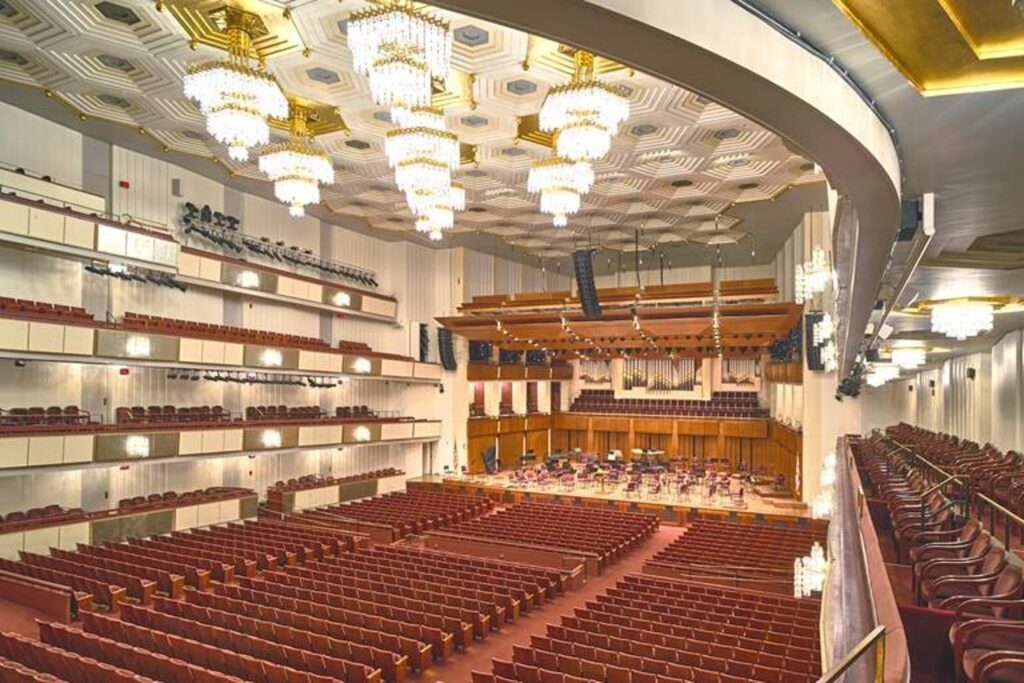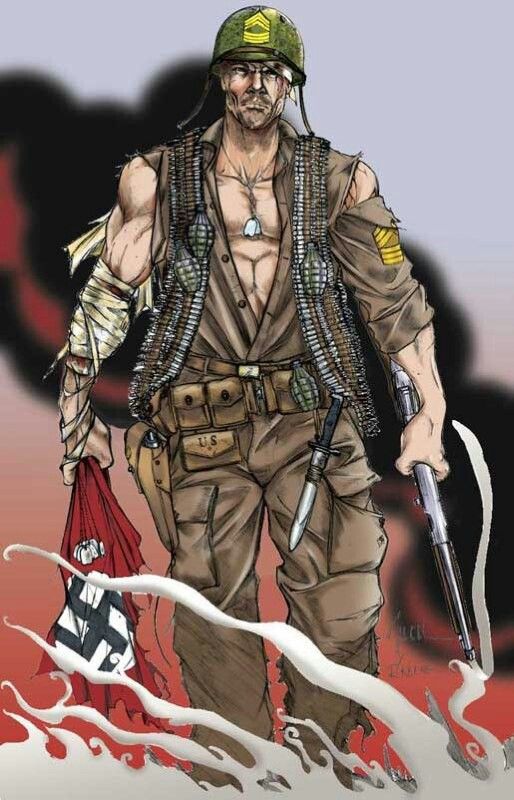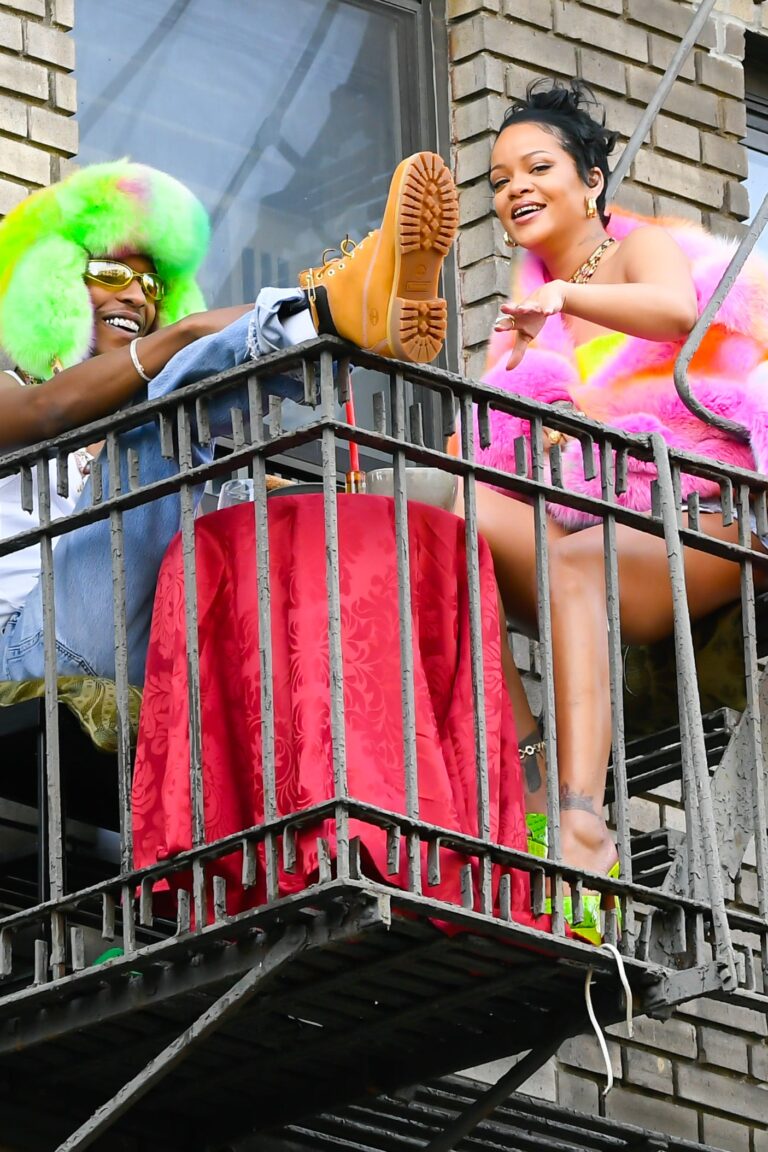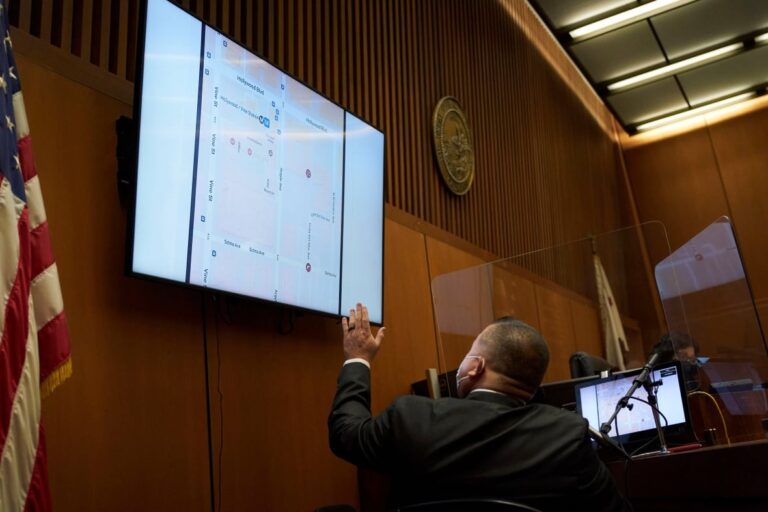
Audience
- Sentiment: Critical of political influence on art
- Political Group: Liberal/Progressive
- Age Group: Young adults to middle-aged
- Gender: Both genders, with potential leanings towards female readers due to prominent female artists mentioned.
Overview
- The Kennedy Center has become a battleground for artistic expression versus political pressure.
- Prominent artists have resigned in protest against recent political actions affecting the venue.
- The situation raises questions about the future of art and its autonomy in politically charged environments.
The Kennedy Center Fallout: Art, Politics, and the Fight for Expression
Imagine a place where art comes alive, where music, theater, and creativity blend to bring people together. That place is the Kennedy Center, located in Washington, D.C., a venue many consider to be the heart of American culture. For years, it has served as a hub for outstanding performances and artists committed to telling stories that reflect our nation’s rich history and diversity. However, recent events have turned this cherished institution into a battleground between art and politics, stirring a deep conversation that affects artists and audiences alike.
Things took a dramatic turn when President Trump made controversial remarks that many believed undermined the spirit of artistic expression. He appeared dismissive of the creative community and seemed indifferent to the cultural weight that institutions like the Kennedy Center carry. It was a move that sent shockwaves through the artistic world and made many question the president’s understanding of art’s role in society. In response, Rae, the brilliant creator and star of HBO’s “Insecure,” made a bold and public statement. She announced that she would refund tickets for her sold-out event meant to take place on March 16 at the Kennedy Center. Rae described the venue as a “faithfully celebrated” space for artists, emphasizing that despite its significance, she couldn’t stand by silently while political actions transformed it into something untenable.
Rae’s decision took courage. She didn’t just walk away from a performance; she was making a statement about the importance of keeping art free from political manipulation. For artists, their craft is often more than just a job; it’s a way to express feelings, share stories, and connect with others. It’s about creating a space where everyone can feel welcome, inspired, and challenged. When a leader’s actions threaten that freedom, artists like Rae feel compelled to respond.
But Rae wasn’t the only one to take a stand. Many other prominent figures in the arts followed suit and resigned from their positions at the Kennedy Center in protest. Big names like Shonda Rhimes, a powerhouse in the television industry known for shows like “Grey’s Anatomy,” Ben Folds, a renowned musician and composer, and Renée Fleming, an internationally acclaimed soprano, all voiced their discontent. Their resignations weren’t just about leaving a job; they were acts of defiance against the growing tension between politics and art. It became evident that this wasn’t just a local issue but rather a part of a larger national debate about the relationship between government and the arts.
As the fallout continued, the Kennedy Center made the decision to cancel a children’s musical titled “Finn.” This show had been designed to capture the imaginations of young audiences and inspire creativity in children. Yet the creators of “Finn” expressed their disappointment but maintained optimism. They vowed to continue advocating for the very children who inspired their show, insisting that art and storytelling do not belong to one ideology or another. They understood that young minds deserve to experience art that sparks curiosity and joy, no matter the political climate.
The decisions made by Rae and her fellow artists, along with the cancellation of “Finn,” highlight an essential issue of our time: how political influence can drastically affect artistic expression. Artistic institutions like the Kennedy Center are supposed to be refuges from the chaos of the world, spaces where artists can express their thoughts and feelings without censorship or fear of repercussions. However, when political figures try to mold or control these institutions, it creates a serious dilemma.
Think about it: Art is often about pushing boundaries, making people uncomfortable, and asking tough questions. However, when it becomes intertwined with politics, that same art can be stifled. Artists may feel pressured to conform to certain narratives or hold back their true expressions for fear of reprisal. This leads to a dangerous precedent, where the powerful silence those who dare to think differently. The Kennedy Center is a symbolic representation of this conflict, representing a place where the arts should thrive, yet also a place that can be influenced by those in power.
The ongoing battle between artistic expression and political influence isn’t new. Throughout history, there have been numerous instances where artists were censored, punished, or utilized as tools for political agendas. From the oppressive regimes that tried to control artistic expression to the artists who fought back with their works, the struggle is an ongoing narrative. Many artists view their work as a form of activism, a way to speak out against injustices and provoke thought. But what happens when the very venues that host their art come under threat?
This situation raises critical questions about the future of art in America. What does it mean for young artists just starting their careers? Will they feel discouraged if they see established artists taking a stand against powerful figures? Or will they feel inspired and emboldened to use their voices for change? Ultimately, the fallout at the Kennedy Center has opened a dialogue on what it means to be an artist in a politically charged environment.
It’s essential to recognize that art can be a powerful force for change. It has the ability to unite people across differences and share experiences that might otherwise go unheard. Through powerful storytelling, music, dance, and theater, artists can challenge the status quo and push society to think differently. But when artists feel constrained or threatened, it can hinder creativity and innovation, affecting not just the artists themselves but the audience that craves new ideas and perspectives.
In conclusion, the fallout at the Kennedy Center serves as a reminder of the delicate balance between politics and artistic expression. As we navigate these complex waters, it’s crucial to support artists taking risks and standing up for what they believe in. The events around the Kennedy Center have sparked a national conversation about the role of art in society and have challenged all of us to reflect on our values when it comes to creativity and expression.
So, what do you think about the situation at the Kennedy Center? Do you believe that artists should always express their views, even when it involves taking a stand against those in power? Or should they keep their art separate from politics? I’d love to hear your thoughts in the comments!






